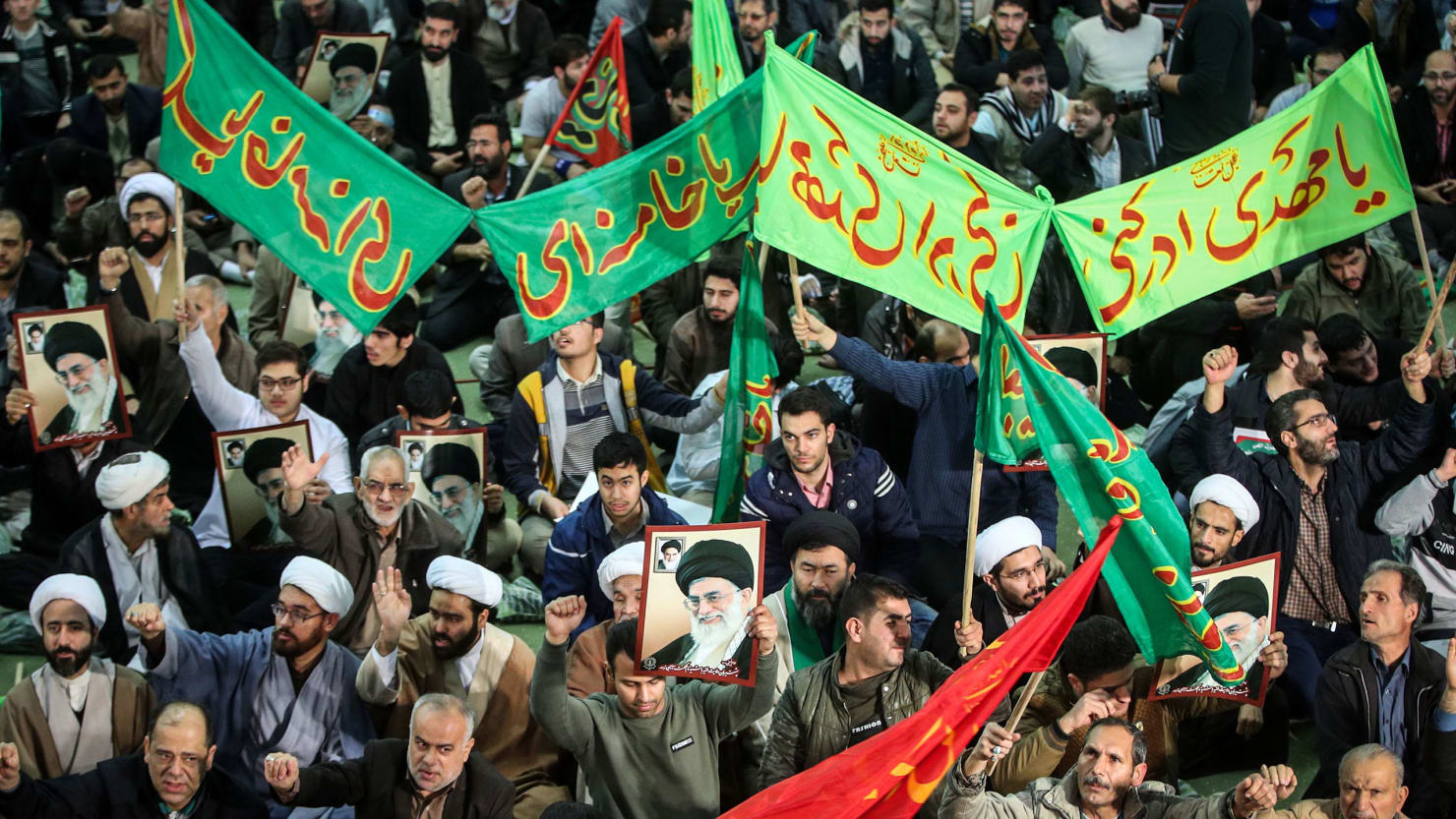
At the close of 2017 and for the entire first week of 2018, the Islamic Republic of Iran was convulsed by a series of protests, the largest since the demonstrations against the results of its rigged presidential election in 2009. But that is where the similarities between them end. Unlike the protests in 2009, which were led by well-known political figures in Iran and composed almost entirely of young middle-class people, these demonstrations were composed of lower-middle-class and working-class youths and were broadly leaderless. What’s more, this one was widely different in its purpose.
It all started because of a rise in the price of eggs.
Initially, the so-called “hardliners” of the Iranian government—the conservative functionaries opposed to the “reformism” (if one can call it that) of President Hassan Rouhani—organized the protesters in the city of Mashhad. Soon, other cities followed in the Mashhadis’ wake: Kermanshah, Hamedan, Shiraz, and over 70 other towns and cities. Eventually, Tehran, the capital itself, could not escape them. Additionally, the focus of the protests began to shift. Economic displeasure still dominated, but so did anger at government corruption and human rights issues, and opposition to involvement in foreign conflicts, such as in Syria and Yemen.
Why the protests?
Rouhani has done a great deal to improve the country’s economy, and some might say he is not the one that deserves this kind of backlash. The Iranian president was the one who signed off on the nuclear deal in 2015 with the world’s largest powers (including the U.S.), lifting sanctions on the country’s trade. He also cut inflation from 35 to 9 percent in just four years. While the people of Iran were expecting massively improved life conditions, the middle and lower-income households continued to get hit by inadequate economic improvement, and the people turned against their leaders.
The problem is, even though sanctions were removed two years ago when Iran agreed to no longer attempt to make nuclear weapons (a tenuous promise), there were still a lot of Iranian entities that remained on global ‘blacklists.’
Nevertheless, the Iranian regime, like a chicken with its head cut off, was scrambling to find the most humane way to “end the sedition,” as reported by Iranian state-owned media. Sadly, 21 people have already lost their lives. Predictably, the Ayatollah Ali Khamenei blamed foreign interference in Iranian internal affairs from its three archrivals: the U.S., Israel, and Saudi Arabia. The youths of Iran were not impressed, to put it mildly.
Although Iranian state-owned media would like the world to think the protests are officially over, by all accounts, they are, in fact, ongoing.
So, with all these facts in mind, one has to wonder just how soon will the Islamic Republic approach its expiration date.
A country with a nearly 12.5 percent overall unemployment rate (and an even higher youth unemployment rate), led by a man so impossibly wealthy (by whom I mean the Ayatollah) that only Jeff Bezos and Bill Gates could compete with him, cannot maintain the illusion that it is still a revolutionary force.
A country so youthful and energetic as Iran is not so patient with lies, deceptions, and broken promises. The more the government and its compliant media lie to its people, blaming all of their problems on outside threats (like their favorite boogeyman, the “Zionist entity,” by which they mean Israel) and “counter-revolutionaries,” the more the Iranian people hate them.
And the U.S.?
Following the unrest, President Donald Trump sided with the protesters and, along with the Department of State, attempted to orchestrate a condemnation against the Iranian government’s actions. They were unable to do so, however, as they faced backlash from China, Russia and much of the United Nations. His move to support the protests, however, may have been the reason why the Iranian government was so hesitant to use force against its people. A mad Trump might mean more sanctions for a country that has just now began to show signs of economic growth after lifted sanctions.
We should all stand together with our Iranian brothers and sisters in solidarity with the protests. The Iranian people have been insulted enough by their corrupt, self-righteous regime. The Islamic Republic may have won this battle, but they will not win the war.
These protests, like the ones in 2009, are an indication that Iran is fast outgrowing the “revolutionary” zeal of 1979 and replacing it with a hunger for real accountability, democracy, and justice; the biggest promise of the original Revolution before Ruhollah Khomeini and his cadre of Islamists hijacked it.
No, the Islamic Republic of Iran will not fall tomorrow, but it is only a matter of time before the Iranian regime will have to stare death in the face. When that will happen is anyone’s guess.
